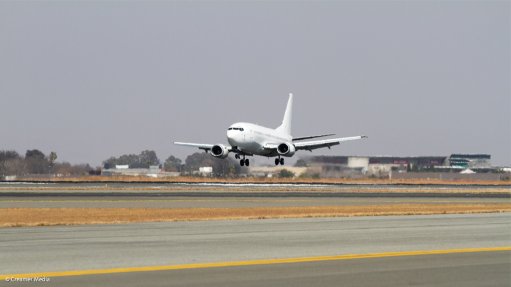
Photo by: Duane Daws
East Rand-based Mega Aero Training Academy (Mata) has secured European accreditation and recognition for its aircraft maintenance courses.
The Safomar Group subsidiary and College Ireland on Wednesday signed an agreement to enable Mata students to obtain European Aviation Safety Agency- (Easa-) approved training and enhanced Easa-based aerospace technical training.
The academy, which opened its doors in 2010 to mitigate an industry-wide skills shortage, based its modular training courses on the Easa Part 66, preparing students to earn an aircraft maintenance licence for categories A, B1 and B2.
Mata was currently accredited by the South African Civil Aviation Authority, the Transport Education and Training Authority and the National Artisans Moderation Body, as well as recognised by the Department of Higher Education and Training.
Mata MD Nico Duvenage said the partnership with College Ireland would open doors for Mata students locally, owing to the large number of European-registered aircraft touching down on South African shores, with much demand for Easa-approved aviation maintenance specialists.
“Mata realised that if we can find a suitable partner in Europe that can assist us in verifying our training standards, instructor qualification and assist with an Easa-approved examiner, we can get our students writing an Easa-approved exam … if successful, our students will receive Easa-approved and recognised Part 147 certificates,” he explained.
The one-year theory and practical offerings would see apprentices placed with recognised local aircraft maintenance organisations to gain on-the-job training for a minimum of 18 months or 2 800 hours, before becoming eligible for a formal aviation trade test that is also facilitated by the academy with an on-site preparatory phase.
Mata boasted eight classrooms, three exam rooms and a trade test preparation centre, as well as a hangar for workshop and practical training.